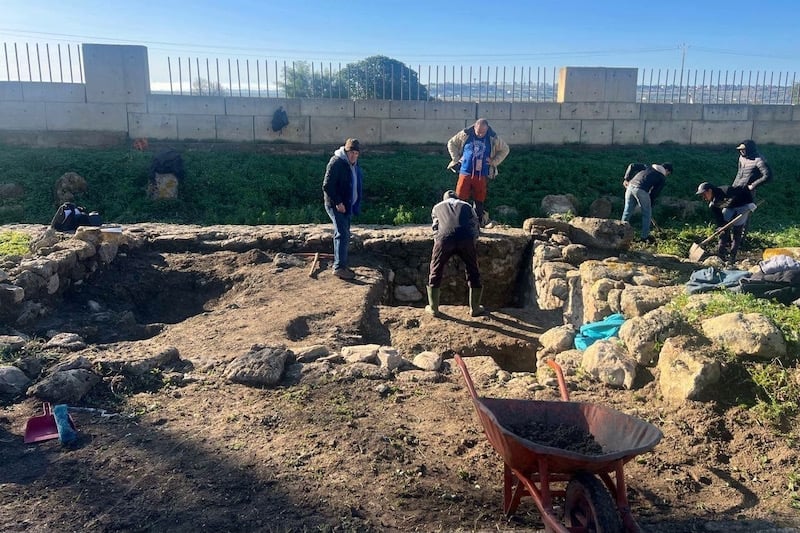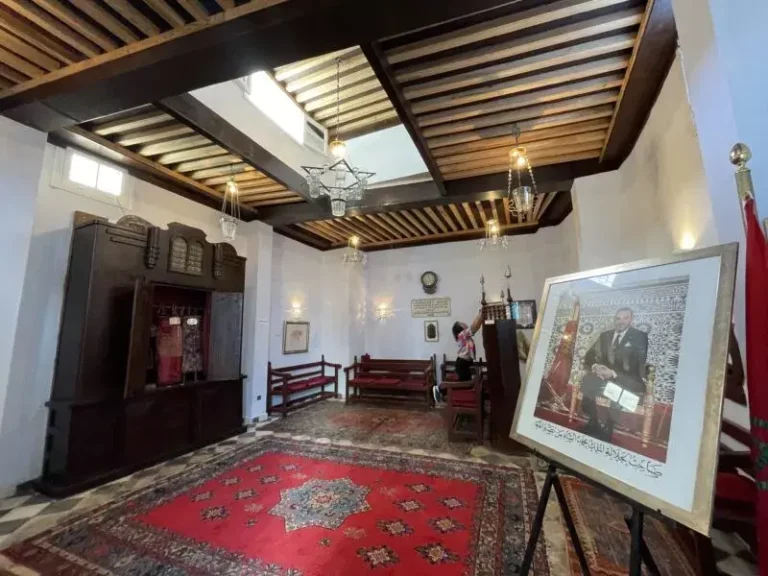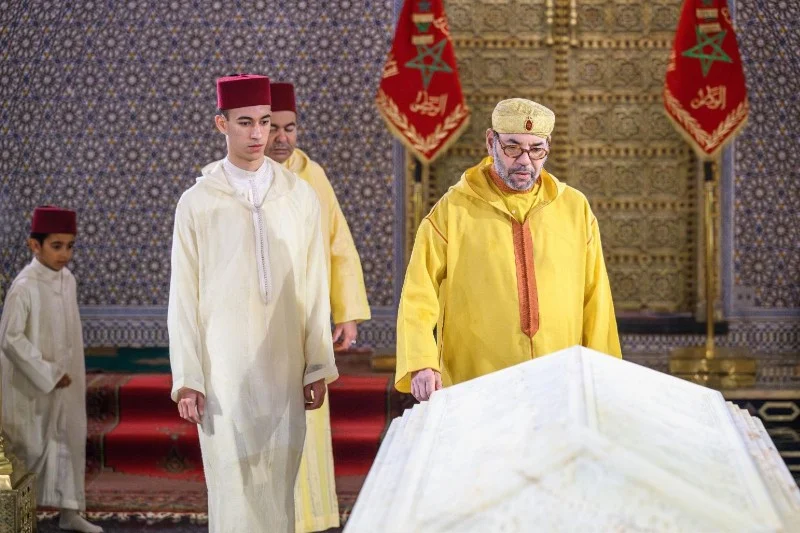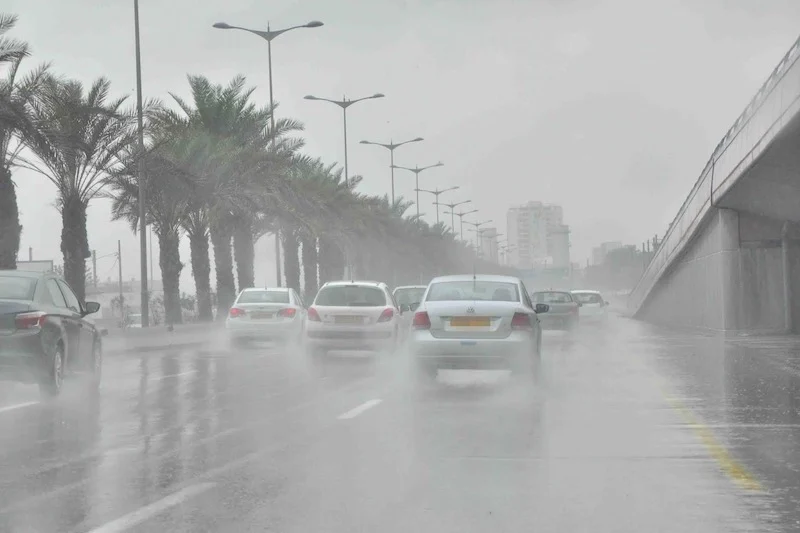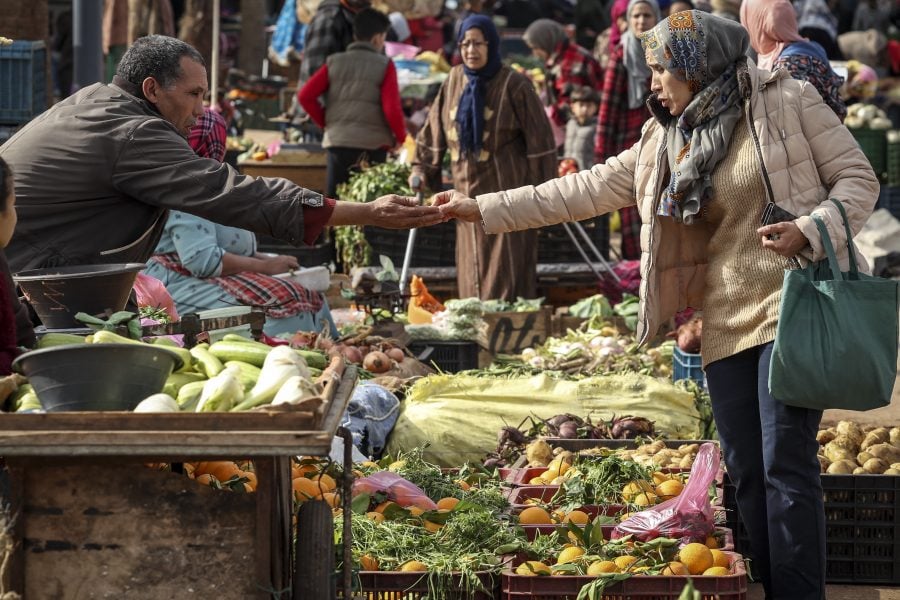A joint Moroccan-Spanish archaeological mission has resumed excavations at the ancient site of Lixus, near the city of Larache. The team, consisting of twenty specialists in archaeology, heritage studies, and related scientific fields, is currently examining and cataloging newly discovered artifacts from this season’s excavations.
Speaking to Hespress AR, Mohamed Akbiri Alaoui, the lead researcher and professor at the National Institute of Archaeology and Heritage Sciences (INSAP), stated that this research is part of an ongoing project on “Fish Salting Factories and Garum Production at Lixus.”
The project is led by INSAP, in collaboration with the University of Cádiz and with support from Morocco’s Directorate of Cultural Heritage, alongside the Lixus Site Preservation Authority.
The archaeological research, co-directed by Akbiri Alaoui and Dario Bernal Casasola, focuses on several key areas within the ancient industrial district of Lixus.
One of the main objectives is to explore previously surveyed sections of the southern area of the factories using geophysical scanning techniques. Excavations are underway to verify the presence of kilns used for producing amphorae, which were essential for transporting and marketing garum, a prized fermented fish sauce exported across the Roman Empire.
“This new season aims to further uncover parts of Lixus’ garum production facilities, which were renowned for supplying high-quality products to various regions of the Roman world,” Akbiri Alaoui explained. “Excavations are also expanding to the western section of the site, where a new research area has been opened near the industrial quarter.”
Another key focus is the study of structural remains believed to be linked to Lixus’ ancient port, which served as a vital commercial hub for Mediterranean trade throughout different historical periods. The team aims to understand how the port functioned and its role in Lixus’ economic expansion.
Additionally, the excavation mission is revisiting an area east of the site, near the Loukkos River, where researchers had previously uncovered a Roman-era necropolis. Further studies are being conducted to analyze the burials and their historical significance.
Parallel to these investigations, the team is also excavating fish salting basins, used for processing and fermenting garum. The goal is to identify preserved layers of garum residue at the bottom of these basins, which will help determine the types of marine resources used and the chronology of production activities.
By analyzing ceramic materials found in these layers, researchers hope to establish the last known period of garum production at Lixus.
As one of North Africa’s most significant ancient sites, Lixus continues to reveal new insights into Morocco’s rich Phoenician, Carthaginian, and Roman heritage. With each excavation season, archaeologists gain a clearer picture of its role as a major industrial and commercial center in antiquity.
